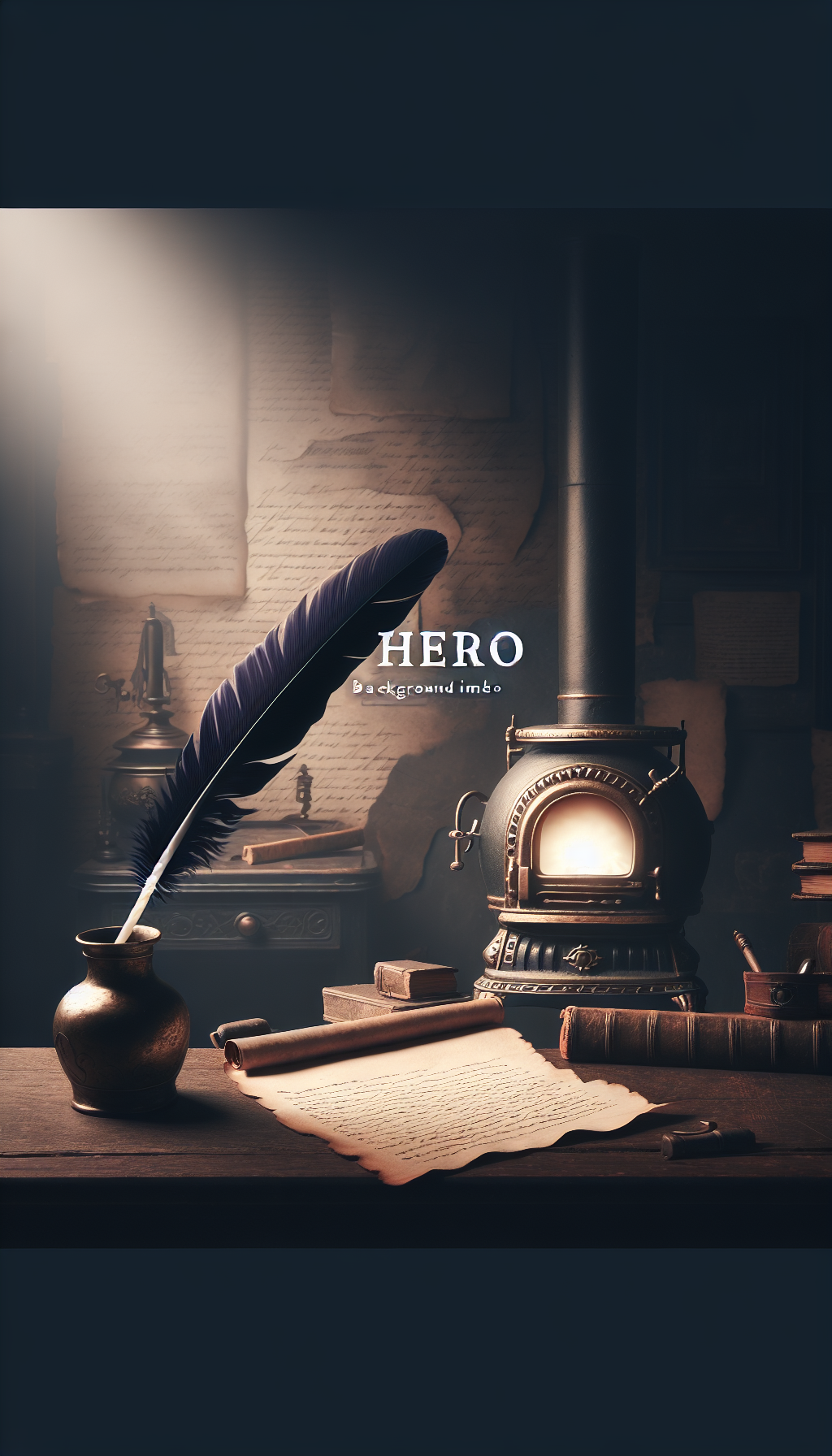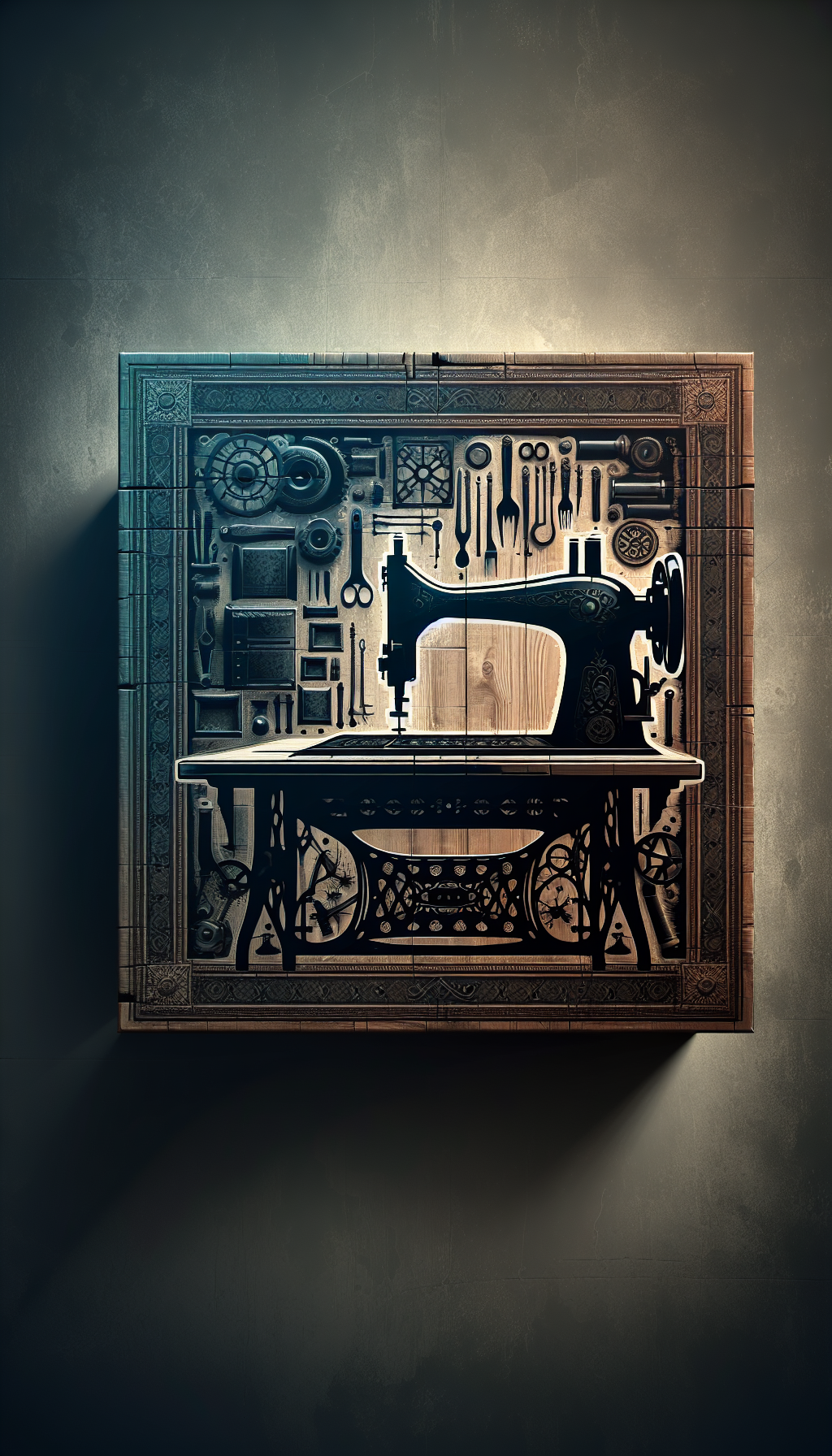Before The Goading Of The Bull Large 1962 By Pablo Picasso
Picasso returned to bullfighting throughout his career, from early engravings to late linocuts and book projects. Works described in the trade as “Before the Goading of the Bull (Large), 1962” typically refer to a bullfight image circulated in the early 1960s in more than one format. For appraisers and collectors, the challenge is to determine which iteration you’re holding: an original print pulled by hand during Picasso’s lifetime, a poster, or a later photomechanical reproduction. This guide explains the possibilities and shows you how to identify, authenticate, and value examples accurately.
What work are we talking about? Title variants and context
The exact English title “Before the Goading of the Bull (Large), 1962” is not a standard catalogue raisonné title. It likely translates a descriptive caption attached by a gallery or publisher to one of three Picasso bullfight projects circulating in 1959–1962:
- La Tauromaquia (1959): A suite of intaglio prints depicting stages of the corrida, printed by Atelier Lacourière. Titles are descriptive in Spanish and appear on the portfolio justification, not on the plates. English titles vary by dealer and translator.
- Toros y Toreros (1961): A deluxe book with text by matador Luis Miguel Dominguín. Printed by Mourlot, it includes original lithographs as well as photolithographic reproductions of drawings. Certain plates and associated exhibition posters from 1961–1962 carry large formats and bullfight subjects.
- Exhibition/poster lithographs (1959–1962): Mourlot-printed posters and publicity sheets after Picasso’s bullfight imagery exist in more than one size, often with printer credits at the lower margin. Dealers sometimes refer to larger-format pulls as “grande” or “large.”
Because titles traveled loosely between media and languages, it’s essential to identify the medium and edition before assuming originality or value. “Large” often signals a poster-sized sheet rather than an editioned fine print—but not always.
Mediums you may encounter
- Original intaglio from La Tauromaquia (1959)
- Process: Sugar-lift aquatint and etching on wove paper.
- Printer/publisher: Lacourière (Paris); published in a numbered portfolio.
- Tell-tales: A palpable platemark surrounding the image; plate tone; deckle edges; Spanish portfolio context. Individual plates are usually not hand-signed; the portfolio justification bears the numbering, and only deluxe copies may include signatures.
- Sheet/plate size: Plates generally around 24–33 cm on sheets roughly 34–45 cm, varying by trimming and edition subtype.
- Original lithography associated with Toros y Toreros (1961–1962)
- Process: Hand-drawn lithography printed by Mourlot (Paris).
- Context: Issued within the book and in some cases as separate lithographs on larger sheets. Some posters derive from the same stones with added lettering.
- Tell-tales: Chalky, velvety blacks and washes; Mourlot printer’s credit sometimes printed at the lower margin on posters. Fine-art lithographs may be on Arches or similar wove, occasionally signed in pencil and numbered if issued hors livre.
- Color linocuts (Vallauris, 1958–1962)
- Process: Reduction linocut printed by Arnéra (Vallauris).
- Relevance: Picasso’s late linocuts include bullfight motifs, though this exact English title is not standard for a documented linocut. If you encounter a linocut with this subject, verify it against linocut catalogues; authentic linocuts are typically signed and numbered, with a small edition (often ca. 50).
- Tell-tales: Slight embossment from heavy inking; color layers with minor registration variance; absence of printer credits in the margin; pencil signature “Picasso” lower right, edition fraction lower left.
- Lithographic posters and photomechanical reproductions (circa 1961–1962 and later)
- Process: Stone/transfer lithography for period posters; later offset photolithography for reproductions.
- Tell-tales: Printed signatures and captions; printer/publisher lines like “Imprimerie Mourlot” at the lower edge for period posters. Offsets show halftone dot patterns under magnification and often carry English captions or later copyright lines. Posters generally are not signed or numbered.
If your sheet bears an English caption such as “Before the Goading of the Bull” and is notably large, begin with the poster/reproduction hypothesis and work inward from there.
Signatures, inscriptions, paper, and other identifiers
- Pencil signature vs printed signature: Lifetime original prints are almost always pencil-signed “Picasso” when sold individually, unless part of a bound book or portfolio where the signature appears on the justification. Printed facsimiles, including posters, show the signature within the image layer.
- Edition numbering: Look for a fraction like 25/50, 87/150, etc., in pencil. Posters and reproductions are normally unnumbered.
- Watermarks:
- Arches or Rives for many lithographs.
- Guarro or a special watermark for La Tauromaquia portfolio sheets.
- Presence of a watermark alone doesn’t guarantee originality, but its absence on a claimed deluxe print is a warning sign.
- Printer and publisher credits:
- Mourlot (lithography, Paris) often printed small text at the lower margin for posters.
- Arnéra (linocut, Vallauris) is generally not credited in the margin of fine linocuts; documentation comes via catalogue matches.
- Lacourière (intaglio) ties to La Tauromaquia.
- Platemark: Only intaglio (etching/aquatint) bears a pressed platemark. If you see a uniform dot pattern and no platemark on a supposed “La Tauromaquia,” suspect a reproduction.
- Paper edges: Deckle edges and slight dimensional irregularity suggest hand-pulled prints; machine-trimmed posters and offsets have crisp, uniform cuts on all sides.
- Inscriptions: “E.A.” or “H.C.” denote artist’s proofs outside the numbered edition. “Avant la lettre” indicates a poster printed before the text was added; these can be more valuable.
- Verso labels: A historical label from Galerie Louise Leiris, Sauret, or a reputable dealer can help; modern generic COAs do not authenticate a Picasso print by themselves.
Dimensions and editions: what’s typical for 1962 bullfight material
- Posters (grand/petit formats): Often around 65–75 x 50–56 cm for larger formats, sometimes in two sizes. Printer’s credit usually present in the margin.
- Mourlot fine-art lithographs: Sheets approximately 56–76 cm on the long side; signed and numbered if issued separately from books.
- La Tauromaquia plates: Image sizes roughly 24–33 cm; sheets often under 50 cm on the long side. Most sets are numbered; only select suites bear individual plate signatures.
- Linocuts: Variable, but frequently mid-to-large sheets; editions commonly of 50 plus proofs, signed and numbered in pencil.
Because the market has used flexible English titles, confirm your piece by matching image, paper, technique, and size to established catalogue entries rather than relying on the dealer’s title alone.
Condition factors and conservation risks
- Light staining and overall toning: Common in 1960s sheets exposed to sunlight or acidic mats; look for a darkened mat window line.
- Foxing: Brown spots from moisture or poor storage; more visible in margins and verso.
- Paper ripples and cockling: Especially on larger posters framed tightly.
- Printer’s creases and handling dents: Common in posters; reduce value significantly in fine prints.
- Abrasion and scuffing: In lithographs, surface rubs can dull blacks; in linocuts, scuffed ink layers can reveal the paper beneath.
- Trimming: Loss of margins (especially removal of printer’s credit) devalues posters and complicates authentication.
- Adhesive and tape stains: Old hinges can bleed; remove professionally.
- Color shift: Rare in hand inks but common in offset inks and unstable poster dyes.
Conservation-grade framing with UV glazing, acid-free mats, and a proper spacer is essential to preserve value.
Valuation drivers and market notes
- Medium hierarchy:
- Original hand-pulled prints (linocut, lithograph, intaglio) from Picasso’s lifetime—especially signed and in good condition—command the strongest prices.
- Posters printed by Mourlot in-period have collectible value, with “avant la lettre” pulls and superb condition at a premium.
- Later photolithographic reproductions and open-edition décor prints have modest decorative value only.
- Subject: Bullfight imagery is broadly desirable across Picasso’s prints; dynamic scenes with picadors, banderilleros, and tense pre-charge moments tend to outperform static scenes.
- Signature and edition: Pencil-signed and properly numbered examples are significantly more valuable. Artist’s proofs can be desirable if documented.
- Provenance: Paper trail from recognized dealers or the publisher (e.g., Sauret, Galerie Louise Leiris) adds confidence.
- Completeness: Plates retained within complete portfolios (La Tauromaquia) carry a portfolio premium; single leaves extracted from books are appraised individually with reference to condition and demand.
- State and variant: Early states, trial proofs, and “avant la lettre” pieces can command premiums; verify against catalogue entries.
- Condition: Even small defects can shift value materially in modern prints; posters are a bit more forgiving but still benefit from clean, untrimmed margins.
Because the title here is non-standard, buyers and insurers will prioritize a precise catalogue match and medium identification over the trade title.
Red flags and common misattributions
- “Embossed” signatures or printed pencil effects—Picasso’s pencil signature should be graphite under raking light, not part of the ink layer.
- Uniform halftone dot pattern across purported intaglio or hand lithograph—indicates offset reproduction.
- English captions integrated into the image on a work represented as an editioned fine print—more consistent with posters or later reproductions.
- Certificates from non-specialist galleries substituting for catalogue provenance—insist on catalogue raisonné references, printer/publisher identification, and comparison images.
- Too-good-to-be-true “lifetime linocut” with no edition number, no signature, and machine-trimmed margins—unlikely to be authentic.
How to research and document your example
- Measure: Record image size, platemark (if any), and full sheet size to the millimeter.
- Inspect the surface: Under 10x magnification, determine whether marks are continuous solid tone (lithography/linocut) or halftone dots (offset).
- Check the margins: Note any printer credits (e.g., Mourlot), watermarks (Arches, Rives, Guarro), and deckle edges.
- Record inscriptions: Pencil signature, edition number, proof marks (E.A., H.C.), and any verso stamps or labels.
- Match to catalogues raisonnés and references:
- Bloch (general prints)
- Mourlot (lithographs)
- Baer (comprehensive prints, including states)
- Cramer (illustrated books, e.g., Toros y Toreros)
- Czwiklitzer (posters)
- Seek comparative opinions: A specialist modern prints dealer, auction print department, or paper conservator can corroborate your findings. For paintings and drawings, Zervos is standard; for prints, rely on the print catalogues above.
- Preserve evidence: Photographs of watermarks, margins, and raking-light images of the signature are invaluable for remote appraisals.
Practical appraisal checklist
- Identify the medium: intaglio, hand lithograph, linocut, poster lithograph, or offset reproduction.
- Confirm lifetime vs later printing: printer credit, paper, watermark, and signature/numbering.
- Measure and note margins: full sheet size, platemark, deckles, and any trimming.
- Examine under magnification: look for halftone dots vs continuous tone.
- Document inscriptions: pencil signature, edition fraction, proof marks, verso stamps.
- Check condition: light stain, foxing, mat burn, creases, tears, restorations.
- Tie to a catalogue entry: note catalogue numbers and references.
- Assemble provenance: invoices, labels, correspondence, prior appraisals.
- Estimate value by medium and condition: separate fine print values from poster/reproduction values.
- If uncertain, consult a specialist before any cleaning, flattening, or reframing.
FAQ
Q: My sheet says “Imprimerie Mourlot” at the bottom. Is it an original? A: It’s original as a period poster if printed by Mourlot, but not necessarily a hand-signed, numbered fine-art lithograph. Posters can be collectible, yet they differ in value from editioned lithographs. Check for pencil signature and numbering to determine category.
Q: The title is printed in English below the image. Does that mean it’s a reproduction? A: Not always, but English captions commonly appear on posters and later offset prints. Most fine-art prints from Picasso’s workshops do not carry printed English titles on the sheet.
Q: My print has a strong indentation around the image. What does that indicate? A: That’s likely a platemark, which points to an intaglio process (e.g., La Tauromaquia). Verify that the lines are not simulated and that the image structure matches a known plate.
Q: I don’t see an edition number, but the signature looks real. Could it still be authentic? A: Yes, in cases like bound portfolios or book projects where individual plates aren’t numbered or signed. However, stand-alone lifetime prints are typically signed and numbered. Cross-check against the relevant catalogue entry for that image.
Q: How much is a “large 1962 bullfight” by Picasso worth? A: Value depends primarily on medium and condition. A hand-signed, editioned lifetime print can be worth many multiples of a period poster, which in turn exceeds a later offset reproduction. For insurance or sale, obtain a written appraisal tied to a specific catalogue reference.
By focusing on medium, printer, paper, and catalogue traces—not just the trade title—you’ll place “Before the Goading of the Bull (Large), 1962” accurately on the Picasso print spectrum and appraise it with confidence.




